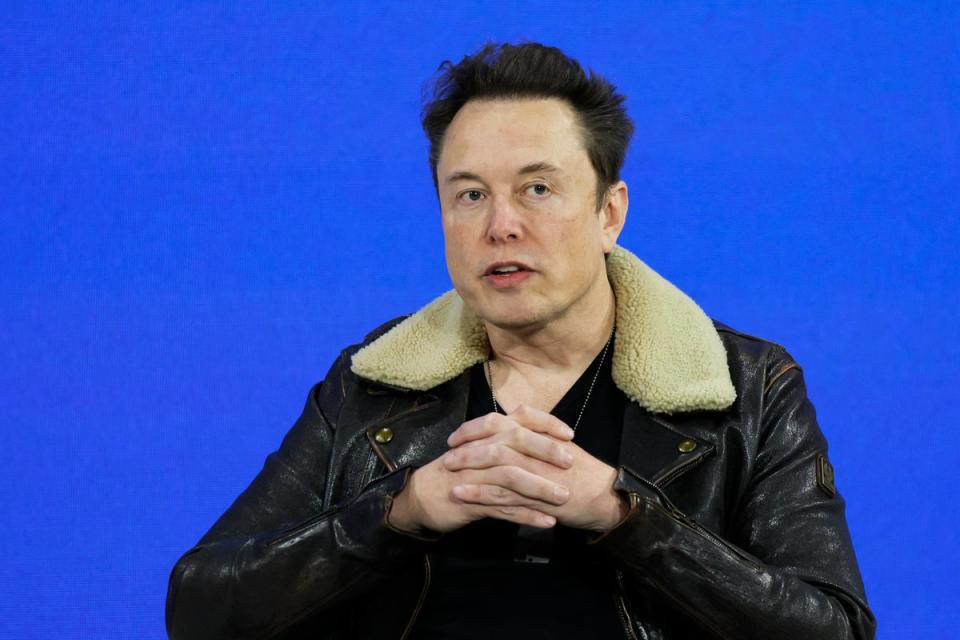First person to receive Elon Musk’s Neuralink brain implant is using it to control a mouse with their thoughts

The first person to receive a brain implant from Elon Musk’s Neuralink is using it to control a computer mouse with their thoughts, the billionaire has said.
Mr Musk announced last month that Neuralink had implanted its first chip into a person. He is still yet to give any detail of that process – though the company had advertised for someone with quadriplegia, and has said that the chip is implanted by a robot surgeon.
Now, in a Twitter spaces event, Mr Musk has revealed that the recipient appears to be well and is using the system to control a computer.
“Progress is good, and the patient seems to have made a recovery with no ill effects that we’re aware of and is able to control the mouse, move the mouse around the screen just by thinking.”
Neuralink’s primary work with the recipient is now attempting to make the commands more complex, so that the chip can be used for different kinds of controls, Mr Musk suggested.
“We’re trying to get as many button presses as possible from thinking. So that’s what we’re currently working on is: can you get left mouse, right mouse, mouse down, mouse up,” he said. “We want to have more than just two buttons.
“So we’re trying to make progress on that front. But overall it’s looking very good.”
Neuralink began its preparations for human trials after receiving regulatory approval in September. Mr Musk has said that the system is called “Telepathy”, but much else remains secret about the trials.
The study uses a robot to surgically place a brain-computer interface implant in a region of the brain that controls the intention to move, Neuralinkhas said, adding that the initial goal is to enable people to control a computer cursor or keyboard using their thoughts.
Neuralink, which was valued at about $5 billion last year, has faced repeated calls for scrutiny regarding its safety protocols. Reuters reported last month that the firm was fined for violating US Department of Transportation rules regarding the movement of hazardous materials.

 Yahoo Finance
Yahoo Finance 